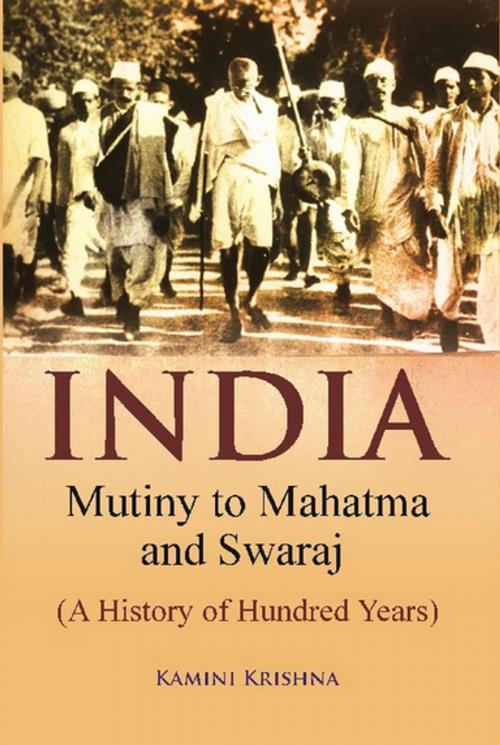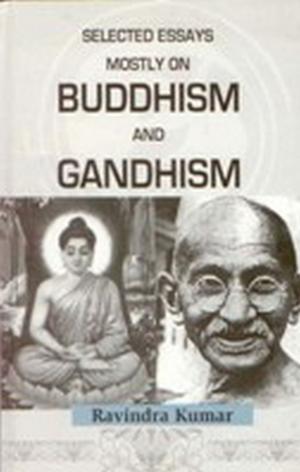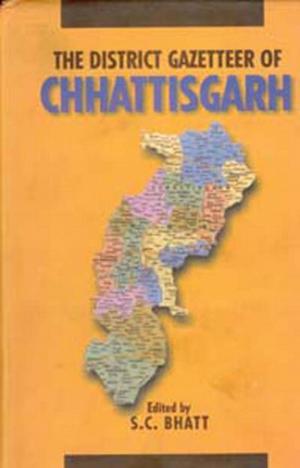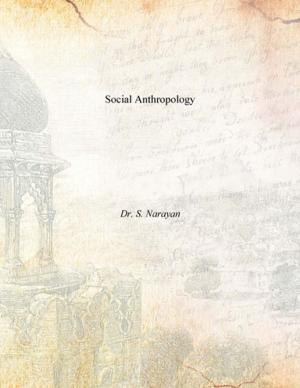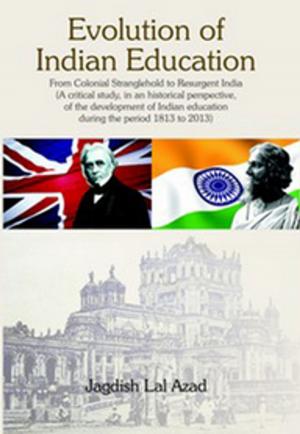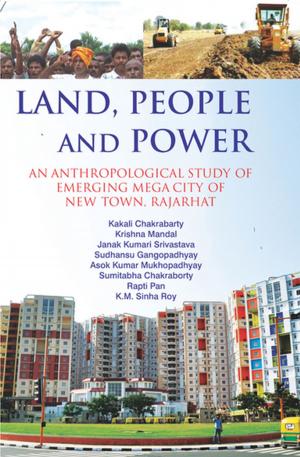| Author: | Kamini Krishna | ISBN: | 9788121251693 |
| Publisher: | Gyan Publishing House | Publication: | June 30, 2016 |
| Imprint: | Gyan Publishing House | Language: | English |
| Author: | Kamini Krishna |
| ISBN: | 9788121251693 |
| Publisher: | Gyan Publishing House |
| Publication: | June 30, 2016 |
| Imprint: | Gyan Publishing House |
| Language: | English |
This book gives a brief account of one hundred years of Indian history mainly from mutiny to emergence of Mahatma Gandhi and finally swaraj. It highlights the differences between Hindus and Muslims rulers which gave advantage to the Europeans traders to capture Indian market. Consequently, the British East India Company gained great power in India andruled until 1857. It discusses the reasons behind the transfer of power from Company to the Crown after the mutiny of 1857. The British divided India into provinces ruled directly by the British governors and the states ruled by the native princes. The book sheds light on Indian nationalist movements, both by the Indian National Congress and Muslim League, which compelled the colonial rulers to grant independence in 1947, not as united India but a divided India. One dominion kept the name India and the other took the name Pakistan. The book presents the contemporary situation of independent India which was confronting a varieties of tasks and challenges such as economic and political legacies left by the rulers and above all, to hold India together as a country and keep united a multi-religious, multi-cultural, multilingual nation within a democratic framework. Finally but importantly it also evaluates the impact of British rule which lasted for almost 190 years in India.
This book gives a brief account of one hundred years of Indian history mainly from mutiny to emergence of Mahatma Gandhi and finally swaraj. It highlights the differences between Hindus and Muslims rulers which gave advantage to the Europeans traders to capture Indian market. Consequently, the British East India Company gained great power in India andruled until 1857. It discusses the reasons behind the transfer of power from Company to the Crown after the mutiny of 1857. The British divided India into provinces ruled directly by the British governors and the states ruled by the native princes. The book sheds light on Indian nationalist movements, both by the Indian National Congress and Muslim League, which compelled the colonial rulers to grant independence in 1947, not as united India but a divided India. One dominion kept the name India and the other took the name Pakistan. The book presents the contemporary situation of independent India which was confronting a varieties of tasks and challenges such as economic and political legacies left by the rulers and above all, to hold India together as a country and keep united a multi-religious, multi-cultural, multilingual nation within a democratic framework. Finally but importantly it also evaluates the impact of British rule which lasted for almost 190 years in India.
